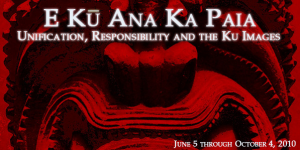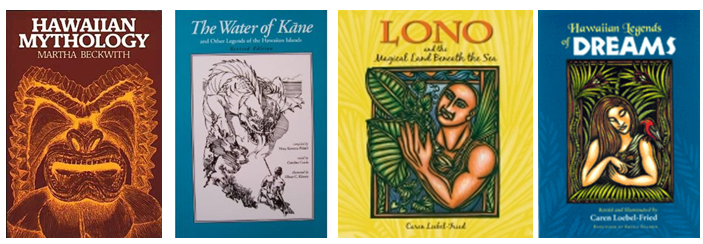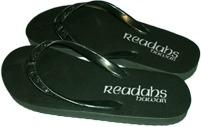
A couple friends of mine just returned from a trip to Greece. The pictures they brought back were beautiful with azure seas and aging columns. It seemed, even through the pictures, that the stories and myths of ancient Greece are ever present because there is so much evidence of its past—the Sanctuary of Athena in Delphi, Temple of Hephaestus in Athens. It’s wonderful how much has been preserved. I tried to imagine how sad it would be if it were all gone… and then I thought of the Hawaiians and how much is gone for them; how little there is left as testament to their ancient beliefs and their mythology. Greek mythology is alive because you can walk around in the temples, feel their energy and experience their atmosphere. Hawaiians don’t have that luxury.
Most of our heiaus, sacred places, were completely destroyed and the large statues, ki’i, symbols of culture and religion, were burned. What little survived has been scattered across the globe but through the hard work of the museum and Hawaiian cultural leaders the last of the large Ku images have been brought home, across thousands of miles, for a short period of reunification with the one left here.
If you haven’t yet been to the newly renovated Heritage Hall at Bishop Museum, Alex and I enthusiastically encourage you to go. Especially since the Ku Statue exhibit ends October 4th. There’s just this invigorating, positive energy that permeates the building now that the three Ku statues have been united, you can’t help but marvel at them. Despite some negative associations with war and sacrifice, Ku is actually a symbol of creation and renewal. It’s a miracle that they survived and truly a gift to have them brought together after nearly two centuries—to be witness to something that people thought would never happen again, and almost didn’t. To see how time has ravaged them, their battle scars, and yet how together they still stand strong and defiant but joyful. It’s very moving, or it was to me. Here’s a great article from the Honolulu Weekly on the different struggles and implications of having the Ku statues back home.
Although it is sad to think of all that has been lost, the unification of the Ku statues is a testament to what can be done and achieved in the future. And just because the evidence isn’t apparent around every corner, our people and our stories are very much alive. Go see the Ku statues before they leave, and before (or after) you do, check out a couple of these books.

In Hawaiian mythology there are four major gods: Ku, Kane, Kanaloa and Lono. Then there are lesser gods and demi gods etc. There are A LOT of great books out there to read regarding Hawaiian legend. Sadly, there are few books that actually focus solely on Ku. The books below are the ones I’ve found with a greater amount of content on these primary four.
A great starting point for anyone really interested in learning about Hawaiian mythology is Martha Beckwith’s Hawaiian Mythology, along with Kalakaua’s The Legends and Myths of Hawai’i and any recorded version of the Kumulipo. You could probably check out any of Westervelt’s or Fornander’s books as well, but I don’t find their collections as memorable as the other two. The great thing about these authors is that their work is digitally readable in entirety via Google books, forgottenbooks.org or ulukau.org the Hawaiian Electronic Library.
As amazing and comprehensive as Beckwith’s mammoth collection of stories and analysis is, it can be droll at times and reads a bit like a textbook in some areas. Don’t get me wrong, it’s brilliantly educational as far as the study of culture and folklore, but a bit long winded. Not exactly a casual book for someone looking for a short, entertaining read. For that, I would definitely check out The Water of Kane and other books of tales recorded by Mary Kawena Pukui and revised by Caroline Curtis (Kamehameha Publishing, 1994).
A newer book, and one especially for the keiki, is Caren Loebel-Fried’s Lono and the Magical Land Beneath the Sea (Bishop Museum Press, 2006). It’s a great story about Lono and how he brought food and agriculture to the islands from the sea. Coupled with Caren’s signature woodblock illustrations, this book is a wonderful addition to any collection. I hope she does books dedicated to the other three major gods at some point as well, although she mentions Kane and Kanaloa a great deal in her other book Hawaiian Legends of Dreams (University of Hawaii Press, 2005).




